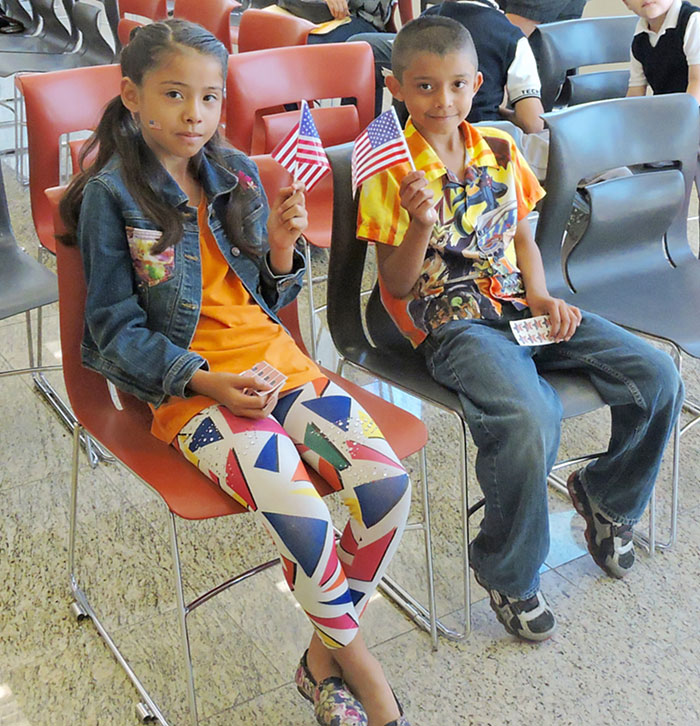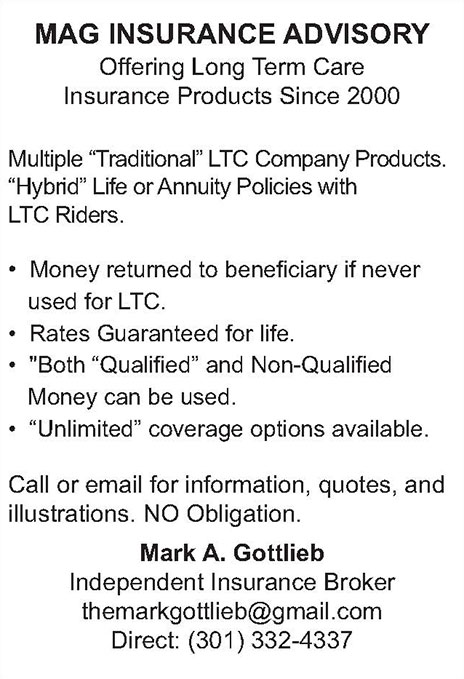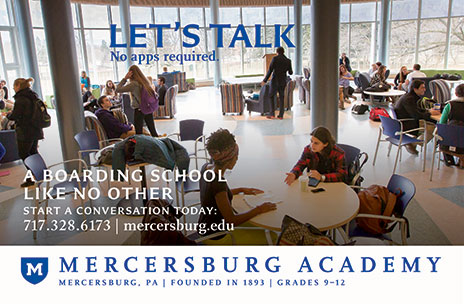An Invisible Tide: Undocumented U.S. Kids in Mexico
The problem of undocumented U.S. kids in Mexico is a facet of the immigration tangle that is putting pressure on both sides of the border.
BY AMELIA SHAW

Two young U.S. citizens celebrate applying for their first passports at a Documéntate fair in the border city of Tijuana, a major hub for returning migrant families.
Omar Barrios / U.S. Consulate General Tijuana
On a sunny morning in October 2015, a middle-aged Mexican woman stands with her four children eyeing the line that snakes into the U.S. consulate general in Tijuana, Mexico.
“I heard my children could get a U.S. passport,” she says, gripping a plastic folder containing their U.S. birth certificates. When asked, she mumbles that her children were born while she was working without authorization in the fields of California. She heard of an information fair at the consulate for migrant families whose kids were born in the United States.
She looks nervous and, in the end, decides not to get in line. “I’ll come back another day,” she says, pulling her children away and disappearing into the crowd.
This woman and her family belong to a growing demographic in Mexico—migrant families who have returned to Mexico, either voluntarily or following removal proceedings, and whose children are U.S. citizens by birthright.
Many of these U.S.-born children do not have proper identity documents, such as a U.S. passport or Mexican birth or residency papers. Without them, they face difficulties in registering for school or accessing medical and other basic services in Mexico.
As many as 600,000 U.S.-citizen minors may find themselves in this situation across Mexico, possibly more. Their growing presence illuminates a concern for governments of both countries: the urgent need to promote the rights of dual citizens in two tightly interwoven societies.
“We don’t know how many U.S. citizens are in Mexico,” says Karin Lang, former chief of the American Citizen Services unit at U.S. Embassy Mexico City. “Homeland Security tracks deportation of Mexicans—around 2.4 million. No one keeps track of the accompanying family members, so we may be underestimating how many U.S.-born kids are here.”
Getting the Ball Rolling in Mexico
Lang was a key figure in a new initiative launched in Mission Mexico called Documéntate Ya! (Get Documented!)—a huge undertaking. She received the 2015 Mary Ryan Award for her leadership on documenting binational children.
The goal of Documéntate is simple: collaborate with Mexican authorities to reach migrant families and help them fully document their children as dual nationals, so they can enjoy the rights and responsibilities of citizenship in both countries.
The initiative is focused on states with high concentrations of migrants, including Oaxaca, Jalisco, Guanajuato, Michoacán and those along the border. U.S. officials are teaming up with local Mexican immigration, education and health agencies to find migrants through passport fairs, media campaigns and rural outreach programs and equip them with information about how to get documented. The goal is to get migrant families to register their children for a Mexican birth record and a U.S. passport.
The hundreds of thousands of undocumented U.S. citizens living in Mexico have gone largely unnoticed until now.
But finding migrant families is easier said than done. “This is a very hard population to reach,” says Lang. Fear of engaging with immigration officials (who could initiate removal proceedings), misinformation about further legal consequences for undocumented presence, illiteracy, lack of expertise on immigration law and ignorance of civil rights are all huge barriers to reaching a population that, due to their lack of status in the United States, lives largely in secrecy.
As Lang puts it: “They aren’t about to march into an embassy or consulate or passport agency and let the U.S. government know where they are.”
The Burden of Under-Documentation
Media attention tends to focus on either the estimated 11.5 million undocumented immigrants living illegally in the United States or on the thousands of migrant children from Central America trying to cross the border.
But the hundreds of thousands of undocumented U.S. citizens living in Mexico have gone largely unnoticed until now. Thanks to the mobilization behind Documéntate, the issue became one of the talking points between Presidents Barack Obama and Enrique Peña Nieto during their 2015 binational talks—with good reason.
For Mexico, this vast population of under-documented dual nationals represents a growing burden, hampering the country’s socioeconomic growth. Without proper documentation, tens of thousands are shut out of public services; over time, this can drag down the economy because under-documented often means under-schooled. And the correlation among lack of education, poverty and crime is clear: kids who do not finish school are more likely to be poor and more likely to enter a life of crime. This fact is not lost on Mission Mexico, which has pointed out the clear resource implications down the line for the already heavy workload at ACS units across the country.
One case paints a particularly grim picture. As Embassy Mexico City described it, a 12-year-old boy who was born in the United States returned to Mexico when he was 2 years old. Since he was never registered as a Mexican citizen, he could not attend school. He spent his days washing car windows for change at a busy intersection in the capital, coming to the embassy’s attention only when he was hit by a car and killed.
“If you’ve only got a second-grade education, you are more likely to find yourself in trouble, out of a job or in jail,” says Lang. Not only do these kids become part of the consular caseload of vulnerable U.S. citizens in Mexico—they also go back to the United States, where they face difficulties because of their lack of access to education.

Deputy Secretary of State Antony Blinken and Karin Lang, head of American Citizen Services at Embassy Mexico City, talk with a young U.S. citizen applying for her first passport at a Documéntate event in Mexico City, April 2015.
Julio Salcedo / U.S. Embassy Mexico City
Monterrey: The Starting Point for a Mission-Wide Effort
When former ACS Chief Daisy Cardiel arrived at Consulate General Monterrey in late 2013, she did not realize she was at the start of something big. The local government had just published a report identifying thousands of U.S.-citizen children in the state of Durango who could not attend school because they were not documented as Mexican citizens. The consul general was in shock. “It just erupted. Our consul general was so passionate about the kids who couldn’t get into school or who couldn’t get health benefits,” says Cardiel.
By November 2014, the consulate general had organized a binational conference with Mexican stakeholders—health officials, immigration officers and education experts interested in exploring solutions to the bureaucratic hurdles keeping kids back. The experience became a model for other posts. Consular officers in Tijuana and Nuevo Laredo mobilized migrant conferences to unite local officials and community organizers on both sides of the border. The consulates general in Guadalajara and Hermosillo and U.S. Embassy Mexico City hosted senior-level talks to identify outreach opportunities and administrative solutions at state and federal levels.
The increased collaboration between U.S. consular officers and Mexican officials produced significant results: the Mexican secretary of education relaxed documentation requirements for children entering elementary and middle school.
In consulates across Mexico, information sharing and outreach have mushroomed through local radio and TV and social media. The embassy has more than one million followers on its Facebook page, and has successfully partnered with national celebrities to promote dual nationality.
Consulates and consular agencies have also hosted passport fairs across Mexico, usually organized in collaboration with Mexican state-level migrant assistance agencies that provide application information directly to migrant communities, assist with filling out paperwork and sometimes organize transportation—all formidable obstacles for migrant family members, who often come from lower socioeconomic strata. At the fairs consular officers answer nervous parents’ questions about documentation requirements and accept passport applications for the U.S.-born children. Many families tell consular officers they did not understand they could apply for U.S. passports in Mexico; many add that they would never have been able to fill out the forms on their own.
These outreach efforts require hundreds of hours of planning and labor, stretching already tight consular budgets. However, to date, thousands of children have qualified for their U.S. passports through these special events. It is a good start. But when considering the estimated population of 600,000 undocumented U.S.-citizen kids in Mexico, it is just a drop in the bucket.
North of the Border
As Mission Mexico grapples with how to find migrant families with U.S.-born kids in Mexico, the State Department has been tackling the problem north of the border.
According to Geoff Martineau, the division chief for Western hemisphere affairs in the Bureau of Consular Affairs’ Office of Overseas Citizens Services, the solution lies in the vast communities of migrants already in the United States, many of whom live in the shadow of the law. “What we need to do is turn off the tap of U.S. children going south into Mexico without documents,” says Martineau.
The goal of Documéntate is simple: collaborate with Mexican authorities to reach migrant families and help them fully document their children as dual nationals.
From Washington, CA’s Office of Passport Services (CA/PPT) works with Martineau’s office to amplify the Documéntate initiative in the United States—from domestic campaigns in Spanish media to partnering with labor groups and religious organizations in U.S. cities. The State Department recently published a Spanish-language page about applying for passports on its website, travel.state.gov.
But for Martineau, the most promising development is collaboration with Mexican consular officers. “There are 50 Mexican consulates in the United States, and they do vigorous outreach to their citizens on migrant workers’ rights. They know where their people are. And we can join with them, because we have the same target population,” he points out.
When U.S. passport agencies team up with Mexican consular outreach, the results are significant. Efforts are underway, where possible, to put U.S. passport information in Mexican consular waiting rooms, which has a huge impact. For example, Mexico’s Los Angeles consular district alone comprises 1.7 million Mexicans, and that generates significant foot traffic through the local Mexican consulate.
Much of the U.S. groundwork for the State Department is being carried out by CA/PPT, through Community Relations Officer Andres Rodriguez, and in close coordination with the staffs at the passport agencies and centers. Rodriguez was recently invited to observe a Mexican “consulate on wheels” event that visited a church in Charlottesville, Virginia. He came away deeply impressed.
“They had a small team of people with laptops and printers, and they were doing all the things a consulate does—registering people for Mexican birth certificates, fingerprinting, taking photos and printing passports—all from this community church,” reports Rodriguez. The mobile Mexican team issued consular reports of birth abroad to nearly 100 people that day. There are dozens of teams conducting similar consular outreach year-round to reach the millions of Mexicans living in the United States.
Rodriguez is currently working on a strategy for CA/PPT to use its network of U.S. passport agencies to conduct information outreach through community groups who work with migrants, like Catholic Charities, the United Farmworkers Foundation and other migrant community groups. The challenge, he says, is not just putting the message out there; it is finding the right messenger. “These are not people we can just hand a pamphlet or send to a website. That’s not going to work,” he says. “It has to be one-on-one communication. It comes down to trust. I think the best way to disseminate the message is through trusted third parties.”
Rodriguez is on the frontline of a highly contentious issue. At an event he attended in Fresno, California, Rodriguez met with 20 farm workers from Oaxaca, many of whom spoke Spanish as a second language after their native tongue, Mixteca. “I asked them, how many of you have children born in the United States? About 17 people raised their hands. And how many of your kids have a U.S. passport? I think there were, maybe, two.”
He spent the next hour explaining how to fill out a passport application and, more importantly, how to protect their children’s rights as dual nationals. He also fielded some difficult questions when it wasn’t clear if the person asking had legal status to be in the United States. “My job is to communicate the passport process to the parents of American citizens,” Rodriguez says. “It’s not my role to crack down on illegal immigration when I am just trying to protect the rights of the child.”

Community Relations Officer Andres Rodriguez talks about U.S. passports to a group of Oaxacan migrants on the lawn of a Catholic church in the San Joaquin Valley in California. Many have U.S.-born children.
Mary Rodriguez / U.S. Department of State
An Awkward Tension
Under the rights of jus solis, if you are born on U.S. soil, you are a U.S. citizen.
But when illegal immigration is involved, the issue is contentious. Some states have made it difficult for undocumented parents to receive a copy of the U.S. birth certificate of their U.S.-born children. For example, in Texas in 2015 a federal judge ruled that the state may continue to deny U.S. birth certificates to children whose parents present only Mexican consular identification cards. Though the child is a U.S. citizen by birth, the parents are unable to obtain the U.S. birth certificate, leaving the child effectively stateless.
It is therefore no surprise that the government of Mexico has joined numerous civil rights organizations in ongoing court battles in Texas to ensure that children born in the United States can be documented as U.S. citizens.
Given the politicized nature of the immigration issue, some people might ask, how does the U.S. government justify actively seeking out the U.S.-born children of migrants while turning a blind eye to the parents’ legal status? For CA’s Geoff Martineau, there is no ambiguity: “This is 100 percent the right thing to do. These are American kids. And a little effort now saves a lot of problems later.”
Through the dedicated efforts of passionate individuals across Mexico and the United States, Documéntate is creating a paradigm shift in binational culture, where government authorities on both sides of the border are working together to address an issue close to home. For Karin Lang, this binational partnership is key to forming a new vision of how we see these migrant children.
“We need to be moving away from looking at people as either U.S. or Mexican citizens to be served by either one government or the other, and moving toward acknowledging the growing numbers who are citizens of both countries and likely to live on both sides of the border,” Lang says.
Considering the massive costs of under-documentation, it is in the best interest of both nations to do so.
Read More...
- “US-Born Children of Undocumented Residents: Numbers and Characteristics in 2013” by Robert Warren (Center for Migration Studies)
- “Can the Child of an Undocumented Immigrant Become a U.S. Citizen?” by Ilona Bray (AllLaw)
- “US Born, Living in Mexico and Ineligible for Basic Services” (Fox News Latino, July 2012)






